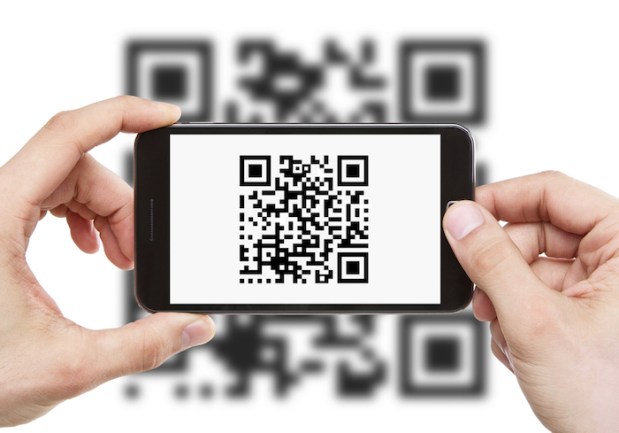QR Payments Are Having A Moment

There’s no single right way to design a mobile wallet, but it seems as if the industry agreed a few years ago that if there was a right way, QR codes definitely wasn’t it. There is something to be said about how the design aspects of a payment method draw users in, though, and while the black-and-white squares certainly weren’t going to win any awards for artistic expression, how they’re being put to use is a different story entirely.
Don’t look now, though, because QR payments might be in the midst of the best few weeks those funny little squares have ever had.
The story starts at Walmart, one of the country’s biggest retailers and, therefore, the primary exposure that tens of millions of consumers have to any kind of mobile payment platform at all. Despite announcing the program at the tail end of 2015, as of mid-April, Walmart has finally begun to roll out Walmart Pay, the proprietary QR code-based payment service that eschews the more common NFC format favored by industry leader Apple Pay.
Back in 2015, the choice to use QR codes was “a strategic decision to design Walmart Pay to work with almost any smartphone and accept almost any payment type.” Now, it seems noteworthy enough that a major retailer has a payment method in use that doesn’t require shoppers to tap their phones to a terminal.
The flexibility Walmart was, and is, seeking with QR codes isn’t lost on other companies, though. In fact, some of the most malleable aspects of a QR code-based system might be evident in the system IKEA is experimenting with right now — one where QR codes aren’t just used to facilitate payments but also to spare shoppers the need to drag cumbersome furnishings around the store and through the checkout line. Shoppers can also scan QR codes on individual items before they get to the checkout line to receive a consolidated code they present to cashiers instead of digging through an entire cart’s worth of purchases.
“When you think about the whole of the mCommerce piece, how you are combining the online experience and how people act in the store, and you start providing services that make sense, giving the customer the power to decide what to do and where to take the next step is what we are looking at,” Victor Bayata, IKEA’s global head of mobile solutions, said at the Mcommerce Summit 2016. “What we need to do — and this is, again, the formula that everyone tries and tests — is that we need to understand our customers’ needs and wants.”
That’s an interesting take on the final utility of mobile payments, especially as they relate to things seemingly unconnected to the checkout process. Sure, NFC-based methods might let shoppers pay for their transactions faster and more seamlessly than manually lining up and scanning a QR code, but that’s where the flexibility of a lot of contactless payment methods ends. Consumers can’t track or tag their own purchases prior to checkout, and lagging adoption rates on even the most popular mobile wallets show that the tech still has a ways to go before it can dethrone even credit and debit cards from their places of ultimate ubiquity at the checkout counter.
There’s nothing sexy about QR codes, and if those pixelated squares are the best mobile payments has to hope for, the race should be called now. But the last few weeks has shown that there’s life left in the platform that most retailers have already given up on.
Seriously, if Cracker Jack can remove the toy from its boxes in favor of scannable QR codes instead, that’s got to be something worth keeping an eye on.
